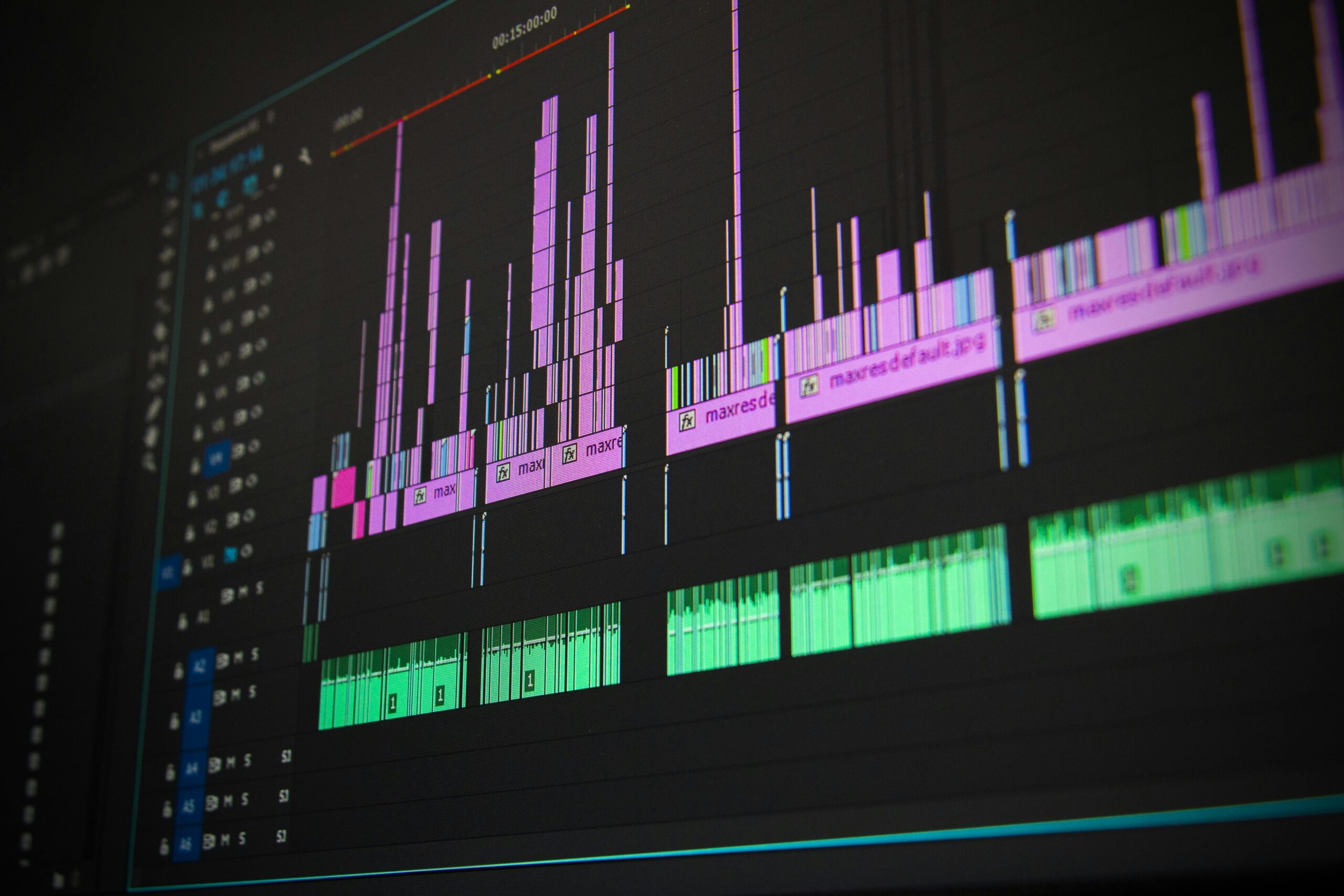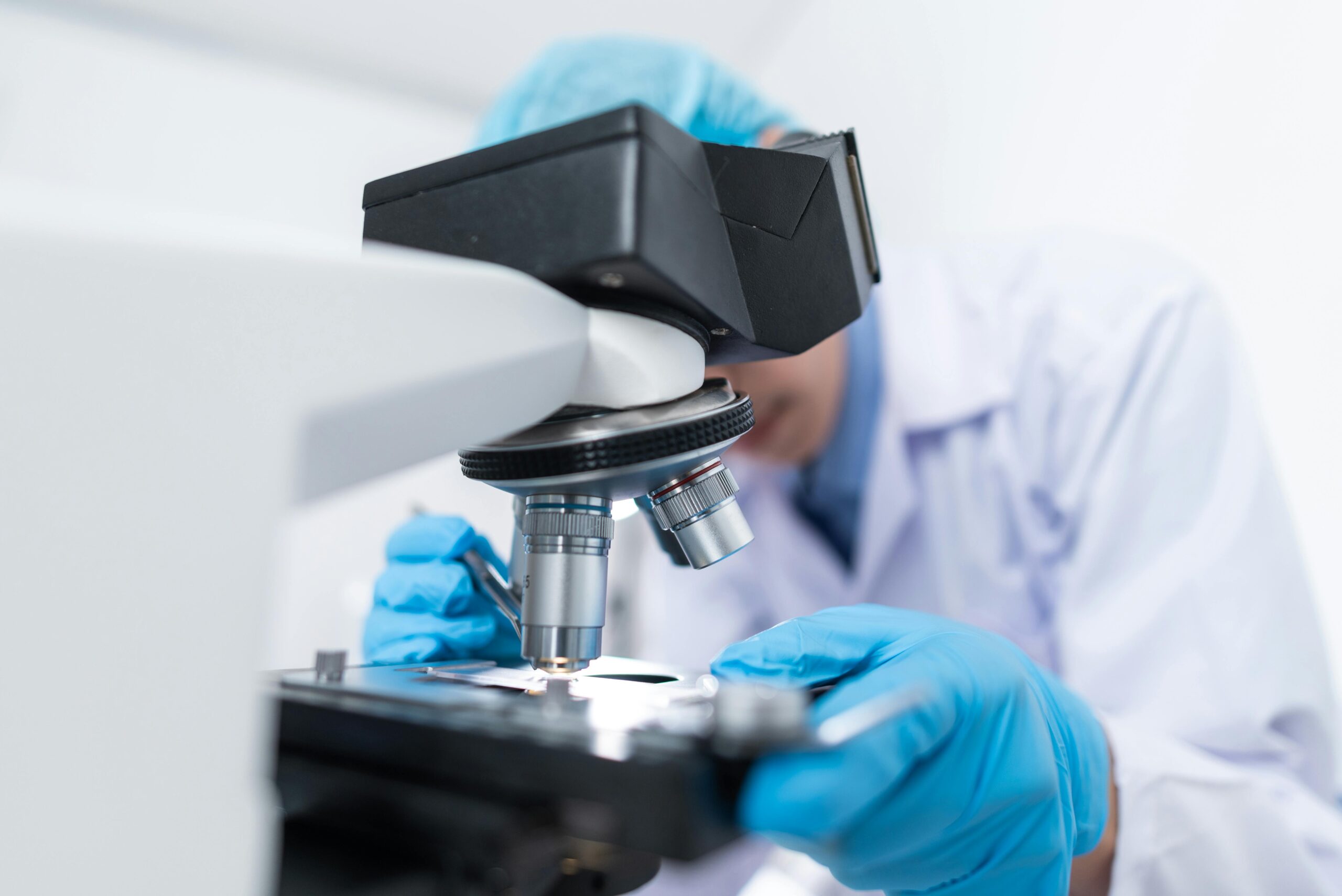The convergence of big data analytics and genome engineering is reshaping the landscape of biological research, offering unprecedented opportunities to manipulate genetic material with remarkable accuracy and efficiency. 🧬
Modern science stands at a crossroads where computational power meets biological innovation. For decades, scientists have dreamed of precisely editing genetic code to eliminate diseases, enhance crop yields, and unlock the mysteries of life itself. Today, that dream is rapidly becoming reality through data-driven approaches that transform how we understand and manipulate DNA.
The Dawn of Precision Genome Engineering
Genome engineering has evolved dramatically since the discovery of DNA’s double helix structure in 1953. What once required years of painstaking laboratory work can now be accomplished in weeks or even days, thanks to revolutionary technologies like CRISPR-Cas9 and advanced computational methods.
The true game-changer, however, isn’t just the editing tools themselves—it’s the massive datasets and artificial intelligence algorithms that guide these molecular scissors to their targets with laser-like precision. This data-driven approach minimizes off-target effects, predicts outcomes, and accelerates the entire research pipeline from hypothesis to application.
Understanding the Data Revolution in Genomics 📊
The genomics field generates enormous quantities of data every single day. A single human genome contains approximately three billion base pairs of information. When researchers sequence thousands of genomes, analyze gene expression patterns, and track how genetic variations affect traits, the data volume becomes astronomical.
This information explosion would be overwhelming without sophisticated computational tools. Machine learning algorithms can now identify patterns invisible to human researchers, predict which genetic modifications will produce desired outcomes, and simulate the effects of gene edits before they’re performed in living cells.
Key Data Sources Driving Precision
- Whole genome sequencing databases containing millions of individual genetic profiles
- Gene expression data revealing when and where specific genes activate
- Structural biology databases showing three-dimensional protein configurations
- Clinical outcome records linking genetic variations to disease progression
- CRISPR efficiency datasets documenting successful and unsuccessful editing attempts
- Epigenetic information tracking chemical modifications that regulate gene activity
Machine Learning: The Brain Behind the Blade
Artificial intelligence has become the indispensable partner of genome engineers. Deep learning models trained on vast genomic datasets can predict guide RNA efficiency, anticipate off-target cutting sites, and design optimal gene editing strategies with accuracy that surpasses traditional methods.
These algorithms analyze countless variables simultaneously—DNA sequence context, chromatin accessibility, RNA secondary structures, and historical editing outcomes—to recommend the best approach for each unique editing scenario. This predictive power dramatically reduces trial-and-error experimentation, saving time and resources while improving success rates.
Neural Networks Predicting Editing Outcomes
Convolutional neural networks, originally developed for image recognition, have been repurposed to “read” DNA sequences and predict editing efficiency. These models learn from thousands of previous experiments to identify sequence features that correlate with successful gene modifications.
Similarly, recurrent neural networks excel at understanding the sequential nature of genetic code, predicting how changes in one region might affect distant genomic locations through complex regulatory networks. This systems-level understanding prevents unintended consequences that could arise from seemingly isolated edits.
CRISPR Meets Big Data: A Perfect Partnership 🔬
CRISPR technology revolutionized genome engineering by making DNA editing faster, cheaper, and more accessible than ever before. However, CRISPR’s true potential is only realized when combined with comprehensive data analysis.
Data-driven CRISPR design tools analyze the target genome, identify all possible guide RNA sequences, score them for on-target efficiency and off-target risk, and recommend optimal editing strategies. These computational pipelines consider factors like DNA accessibility, local sequence composition, and even the three-dimensional structure of chromatin.
Reducing Off-Target Effects Through Data Analytics
One of the greatest challenges in genome engineering is preventing unintended edits at sites similar to the target sequence. Data-driven approaches address this by computationally screening the entire genome for potential off-target sites before any laboratory work begins.
Advanced algorithms calculate similarity scores between the intended target and every other genomic location, accounting for mismatches, DNA bulges, and RNA-DNA hybridization dynamics. This comprehensive risk assessment allows researchers to select guide RNAs with maximum specificity, dramatically improving safety profiles for therapeutic applications.
Personalized Medicine: From Population to Individual
Perhaps the most exciting application of data-driven genome engineering lies in personalized medicine. Every individual carries unique genetic variations that influence disease susceptibility, drug metabolism, and treatment responses. Precision genome engineering can theoretically correct disease-causing mutations at their source.
By integrating patient-specific genomic data with large-scale clinical databases, researchers can design targeted therapies that address the exact genetic defects present in each individual. This approach has already shown promise in treating inherited disorders like sickle cell disease and beta-thalassemia.
Cancer Immunotherapy: Engineering Immune Cells
CAR-T cell therapy exemplifies data-driven precision in action. Scientists extract immune cells from cancer patients, use genome engineering to insert genes that help these cells recognize and attack tumors, and reinfuse them into the patient’s body.
Data analytics guides every step—identifying optimal target antigens through tumor genome sequencing, designing effective CAR constructs based on structural databases, and predicting which patients will respond best based on their immune profiles and cancer genetics.
Agricultural Revolution: Engineering Better Crops 🌾
Food security represents one of humanity’s greatest challenges, especially as climate change and population growth strain agricultural systems. Data-driven genome engineering offers powerful solutions by enabling the development of crops with enhanced yields, drought resistance, pest tolerance, and nutritional profiles.
Unlike traditional breeding that requires multiple generations of cross-pollination and selection, precision genome editing can introduce desired traits in a single generation by making targeted modifications to specific genes identified through extensive data analysis.
Climate-Resilient Agriculture
Researchers are mining genomic databases from wild plant relatives and heirloom varieties to identify genes conferring stress tolerance. Data-driven approaches pinpoint which genetic variations enable some plants to thrive in drought, salinity, or extreme temperatures, then guide the precise introduction of these beneficial alleles into commercial crop varieties.
| Trait | Genetic Target | Data Source | Potential Impact |
|---|---|---|---|
| Drought tolerance | Root architecture genes | Comparative genomics | 30-50% reduced water requirement |
| Nitrogen efficiency | Nutrient uptake transporters | Expression databases | Reduced fertilizer dependence |
| Disease resistance | Immune receptor genes | Pathogen interaction studies | Decreased pesticide use |
| Enhanced nutrition | Biosynthesis pathways | Metabolomic datasets | Improved human health outcomes |
Ethical Frameworks for Data-Driven Gene Editing
As genome engineering capabilities expand, society must grapple with profound ethical questions. Data-driven precision makes interventions more effective but also more consequential. The ability to edit human embryos, create synthetic organisms, or drive genetic changes through wild populations carries responsibilities that extend beyond individual laboratories.
Transparent data sharing, robust governance structures, and inclusive public dialogue are essential. Genomic databases must balance research advancement with privacy protection. Editing standards should be informed by diverse perspectives representing different cultures, values, and stakeholder groups.
Preventing Misuse While Enabling Innovation
The same computational tools that enable beneficial applications could theoretically be misused for harmful purposes. Establishing clear ethical guidelines, implementing appropriate oversight mechanisms, and fostering a culture of responsible innovation are crucial for ensuring that data-driven genome engineering serves humanity’s best interests.
Overcoming Technical Challenges and Limitations ⚡
Despite remarkable progress, significant challenges remain. Delivery systems for getting gene editing machinery into target cells need improvement, particularly for tissues like the brain and muscle that are difficult to access. Immune responses to editing components can limit therapeutic effectiveness and require careful management.
Data quality issues also pose challenges. Genomic databases contain biases reflecting the populations studied, potentially limiting applicability across diverse ethnic groups. Incomplete understanding of gene regulatory networks means predictions sometimes fail to capture complex biological realities.
Advancing Computational Capabilities
The genomic datasets driving precision engineering continue expanding exponentially. Processing and analyzing this information requires substantial computational infrastructure. Cloud-based platforms, distributed computing networks, and specialized hardware accelerators are making advanced analytics more accessible to researchers worldwide.
Improved algorithms that require less training data, transfer learning approaches that apply knowledge from one organism to another, and interpretable AI models that explain their predictions are active research areas addressing current limitations.
The Future Landscape: Where Data Meets Biology 🚀
Looking forward, the integration of multiple data types—genomic, transcriptomic, proteomic, metabolomic, and phenotypic—promises holistic understanding of biological systems. Multi-omics approaches capture how genetic information flows through molecular networks to produce observable characteristics.
Real-time sensing technologies that monitor cellular responses during gene editing procedures will enable adaptive interventions that adjust strategies based on immediate feedback. Closed-loop systems combining editing, measurement, and computational optimization could achieve previously impossible precision.
Synthetic Biology and Designed Organisms
Beyond editing existing genomes, data-driven approaches are enabling the design of entirely synthetic genetic systems. Researchers are creating biological circuits that function like electronic components, engineering bacteria that produce valuable chemicals, and developing cellular computers that process molecular information.
These advances rest on massive datasets describing how genetic parts behave individually and in combination. Predictive models guide the assembly of functional systems from characterized components, accelerating the design-build-test cycle that previously required exhaustive experimentation.
Democratizing Access to Precision Tools
For data-driven genome engineering to achieve its full potential, its benefits must be widely accessible rather than concentrated in wealthy institutions or nations. Open-source software platforms, freely available genomic databases, and capacity-building initiatives are helping democratize these powerful technologies.
Educational programs teaching computational biology skills, international collaboration networks sharing resources and expertise, and affordable sequencing technologies are reducing barriers to entry. This democratization accelerates innovation by engaging diverse perspectives and addressing problems relevant to communities worldwide.
Integrating Human Insight and Machine Intelligence
Despite AI’s impressive capabilities, human expertise remains irreplaceable. Experienced scientists provide context, ask novel questions, recognize artifacts, and make judgments that algorithms cannot replicate. The most effective approach combines computational power with human creativity and biological intuition.
Interactive tools that facilitate human-AI collaboration are emerging, allowing researchers to explore data visually, test hypotheses dynamically, and incorporate domain knowledge into computational workflows. This partnership leverages the complementary strengths of human and machine intelligence.

Transforming Research Paradigms and Scientific Discovery 💡
Data-driven genome engineering represents more than technological advancement—it embodies a fundamental shift in how science progresses. Traditional hypothesis-driven research begins with specific questions tested through controlled experiments. Data-driven discovery inverts this process, mining large datasets to generate hypotheses that guide subsequent investigation.
Both approaches are valuable and complementary. Integrating them creates powerful synergies where computational analysis suggests promising avenues that experimental work validates and refines, generating new data that improves models in a virtuous cycle of knowledge creation.
The revolution underway in genome engineering demonstrates biology’s transformation into an information science. As datasets expand, algorithms improve, and editing tools advance, the precision with which we can manipulate life’s genetic code will continue increasing. This power brings tremendous opportunities to address humanity’s greatest challenges—from curing diseases to feeding billions to protecting biodiversity—alongside serious responsibilities to wield these capabilities wisely, ethically, and for the benefit of all.
The journey has only begun, but the destination promises nothing less than a fundamental reimagining of what’s possible when data-driven precision meets the elegant complexity of living systems.
Toni Santos is a biotechnology storyteller and molecular culture researcher exploring the ethical, scientific, and creative dimensions of genetic innovation. Through his studies, Toni examines how science and humanity intersect in laboratories, policies, and ideas that shape the living world. Fascinated by the symbolic and societal meanings of genetics, he investigates how discovery and design co-exist in biology — revealing how DNA editing, cellular engineering, and synthetic creation reflect human curiosity and responsibility. Blending bioethics, science communication, and cultural storytelling, Toni translates the language of molecules into reflections about identity, nature, and evolution. His work is a tribute to: The harmony between science, ethics, and imagination The transformative potential of genetic knowledge The shared responsibility of shaping life through innovation Whether you are passionate about genetics, biotechnology, or the philosophy of science, Toni invites you to explore the code of life — one discovery, one cell, one story at a time.



